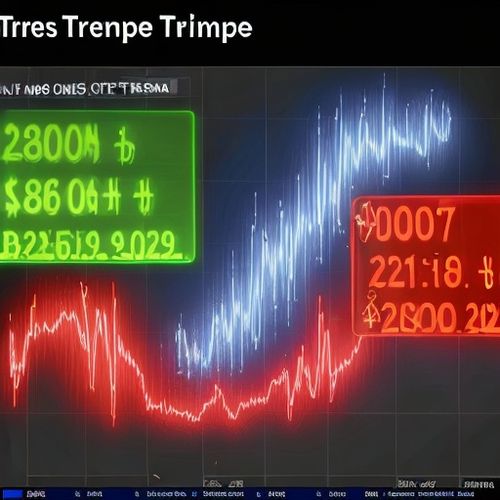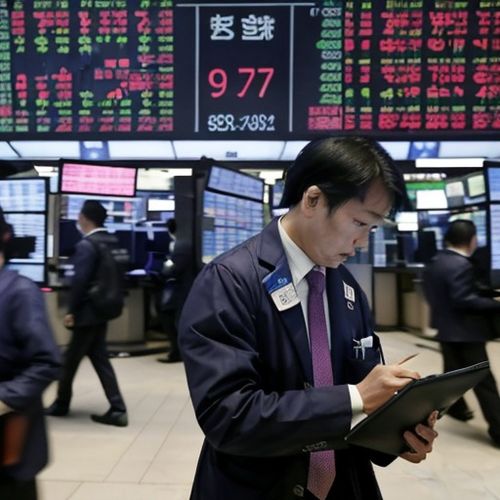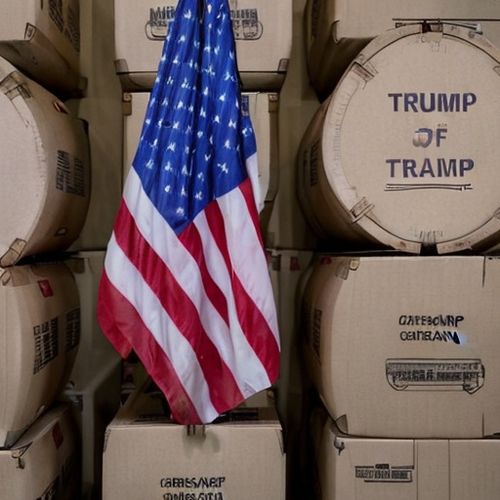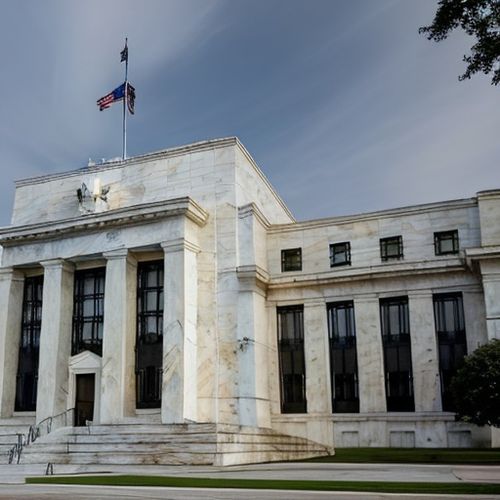The Federal Reserve's interest rate policies have long cast a shadow over Southeast Asia's capital markets, creating both opportunities and vulnerabilities for the region's rapidly growing economies. As the world's de facto central bank, the Fed's decisions ripple across borders with particular intensity in emerging markets. Southeast Asia, with its unique blend of robust growth potential and relative financial openness, often finds itself caught between the tides of capital inflows and sudden outflows whenever the Fed changes course.
When the U.S. central bank began its aggressive tightening cycle in 2022, the immediate impact on Southeast Asia was palpable. The region's currencies, from the Indonesian rupiah to the Thai baht, came under significant pressure as yield-hungry investors repatriated funds to take advantage of higher U.S. rates. Bond markets across the region saw foreign participation decline, particularly in longer-dated government securities where currency risk became a growing concern. Equity markets weren't spared either, with foreign institutional investors reducing exposure to what they perceived as riskier assets in a rising rate environment.
The relationship between Fed policy and Southeast Asian markets isn't merely transactional—it's deeply psychological. Market participants in the region have developed something of a sixth sense for anticipating Fed moves, often adjusting positions well before official announcements. This anticipatory behavior can sometimes amplify volatility, creating challenges for local policymakers trying to maintain stability. The Philippine Stock Exchange, for instance, has shown remarkable sensitivity to shifts in U.S. rate expectations, sometimes moving more dramatically than regional peers despite relatively strong domestic fundamentals.
Bank Indonesia's experience during the 2022-2023 tightening cycle offers a case study in managing these crosswinds. The central bank opted for a combination of measured rate hikes and aggressive currency intervention to smooth the rupiah's decline. Their approach highlighted a regional reality: while Southeast Asian economies have built substantial foreign exchange reserves since the 1997 crisis, these war chests can deplete quickly when fighting market forces driven by Fed policy shifts. The delicate balance between using reserves to maintain stability and conserving them for potential future shocks remains an ongoing challenge.
Currency markets tell only part of the story. The Fed's influence extends deep into Southeast Asia's capital allocation patterns. As U.S. rates rise, regional corporations face higher costs for dollar-denominated debt, potentially slowing investment and expansion plans. This effect has been particularly noticeable in Vietnam's booming manufacturing sector and Malaysia's infrastructure projects, where many firms took advantage of years of low global rates to borrow in dollars. Now, refinancing that debt has become significantly more expensive, creating balance sheet pressures that could dampen growth prospects.
Thailand's unusual situation demonstrates how Fed policy can create unexpected consequences. With tourism still recovering from pandemic losses, the Bank of Thailand maintained relatively accommodative policies even as the Fed hiked rates. The resulting interest rate differential contributed to the baht's weakness—a mixed blessing that helped tourism receipts but increased import costs for an economy heavily reliant on energy and food shipments. Such policy divergences between the Fed and Southeast Asian central banks have become more common, creating complex trade-offs for regional policymakers.
The region's equity markets have developed a nuanced response to Fed actions over time. While initial rate hikes typically trigger outflows, many Southeast Asian markets have shown resilience during subsequent pauses or slower hiking paces. Singapore's stock market, with its high concentration of financial and real estate investment trusts, tends to be particularly sensitive to rate expectations. In contrast, Indonesia's commodity-heavy index often moves more on global price trends than pure rate dynamics, providing some insulation during certain phases of the Fed cycle.
Perhaps the most significant structural impact of Fed policy lies in how it shapes investment flows into the region. Private equity and venture capital activity in Southeast Asia tends to ebb and flow with U.S. rate expectations, as many funds base their hurdle rates on dollar financing costs. The fintech boom across the region from 2020-2021, fueled by cheap global liquidity, gave way to more cautious investment approaches as rates rose. This shift has forced many Southeast Asian startups to focus on profitability over growth—a healthy development in some respects, but one that may slow innovation in the short term.
Malaysia's bond market provides an interesting counterpoint to broader regional trends. Despite Fed tightening, foreign holdings of Malaysian government securities have remained relatively stable, thanks in part to the country's developed Islamic finance ecosystem which attracts a different investor base. This highlights how structural market features can mitigate some Fed-related volatility, offering lessons for other Southeast Asian nations seeking to diversify their investor pools.
Looking ahead, the Fed's potential pivot to easing could create a new set of challenges and opportunities for Southeast Asia. While lower U.S. rates typically relieve pressure on regional currencies and boost capital inflows, they may also reignite concerns about asset bubbles and excessive risk-taking—problems that have plagued the region before. Moreover, the timing and pace of any Fed easing will be crucial; a too-rapid decline in U.S. rates could trigger volatile capital movements as investors scramble to reposition portfolios.
The growing depth and sophistication of Southeast Asia's capital markets may provide some buffer against future Fed policy shocks. Over the past decade, regional markets have developed greater local investor bases, more diverse funding sources, and improved regulatory frameworks. These structural improvements, combined with the region's strong economic fundamentals, suggest that while Fed policy will continue to influence Southeast Asian markets significantly, the relationship may become somewhat less volatile over time.
Ultimately, Southeast Asia's experience with Fed policy transmission offers valuable insights into the complex interplay between global monetary conditions and emerging market dynamics. As the region's economies continue to mature and integrate with global financial markets, their ability to navigate the Fed's policy waves will remain a critical determinant of their long-term financial stability and growth potential. The coming years will test whether the lessons from past cycles have been adequately learned and whether new vulnerabilities have emerged in this ever-evolving relationship.

By Sarah Davis/Apr 7, 2025

By Samuel Cooper/Apr 7, 2025

By Grace Cox/Apr 7, 2025

By Thomas Roberts/Apr 7, 2025

By Olivia Reed/Apr 7, 2025

By Daniel Scott/Apr 7, 2025

By Megan Clark/Apr 7, 2025

By Samuel Cooper/Apr 7, 2025

By William Miller/Apr 7, 2025

By John Smith/Apr 7, 2025

By Samuel Cooper/Apr 6, 2025

By Lily Simpson/Apr 6, 2025

By Daniel Scott/Apr 6, 2025

By Grace Cox/Apr 6, 2025

By Olivia Reed/Apr 6, 2025

By Emma Thompson/Apr 6, 2025

By Rebecca Stewart/Apr 6, 2025